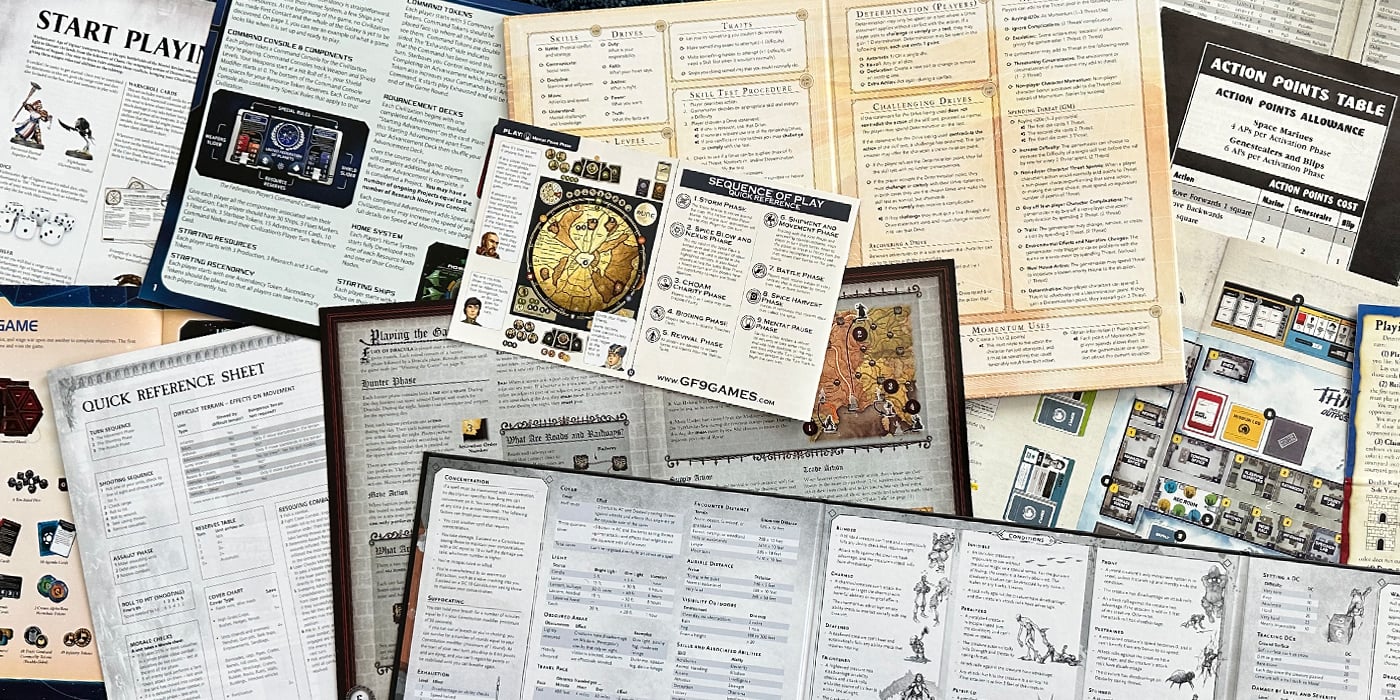DUST: Painting Sino-Soviet Infantry
4 Minute Read
Oct 17 2012

Advertisement
Frost here to tell you how I painted my Dust Sino-Soviet infantry. Lets hit it comrade!
Going into this project, there were several things I wanted to accomplish when painting these models. First, because these models are being painted with tabletop use in mind, I wanted something that was durable and easy to fix if need be. Second, I wanted a look that was natural, rugged, and appealing, as well as being easy to replicate dozens of times. Keeping a limited palette, in my opinion, was key to accomplishing this.
Going into this project, there were several things I wanted to accomplish when painting these models. First, because these models are being painted with tabletop use in mind, I wanted something that was durable and easy to fix if need be. Second, I wanted a look that was natural, rugged, and appealing, as well as being easy to replicate dozens of times. Keeping a limited palette, in my opinion, was key to accomplishing this.
Feel free to undercoat your models if you like, but I decided to simply clean the mold lines off and paint over the factory paint. To start off, I knew I wanted to body armor highlight to be drybrushed on, so I started with that part first, so that I can make a mess with no worries. I base coated the armor and helmet with Vallejo #894 (also known as Russian Green), then gave it a thorough wash of Citadel Agrax Earthshade. Once that had time to dry, I gave it a substantial drybrushing with Citadel Death World Forest. With that done, I could now more on to painting the base coat on the rest.
I started by painting the uniform in Citadel Baneblade Brown. I felt like this was the best was to portray the brownish-khaki look I was going for, and in the end I was not disappointed. The gloves, boots, belts and other parts I thought would best be represented in leather were painted Vallejo #818 Red Leather. Note: If you are going to use Red Leather, make sure to brush on some Matt Varnish by hand to tone down its sheen. The webbing was painted Death World Forest in order to provide a convincing webbing color that also would not add to the palette. The tool handles were painted in Vallejo #875 Beige Brown. Random ropes were painted in Vallejo #824 German Cam orange Ochre. The boot soles were painted Vallejo #995 German Grey, which I recommend in any case where you want a natural-looking black. (In general, if German Grey doesn’t look black enough, wash it with either black or dark brown to give it some depth and darker shade.) Metal parts were painted in Citadel Leadbelcher, except for the gun, which was painted in Leadbelcher mixed with some German Grey to give it a more gun-blued look. The face I painted with Citadel Cadian Fleshtone. For the hair I just picked a random color that looked like natural hair, as I want to keep hair color varied between models.
With the base coat done, I began washing everything except the body armor in Agrax Earthshade. Washing everything in the same color adds a bit of cohesion to the model’s different elements.
Once the wash was thoroughly dry, I began with the highlighting. You can do highlights in any order you like, but I recommend starting with the hard-to-reach stuff first. For the uniform, I started with the Baneblade Brown Base and focused on cleaning up where I didn’t want the shade from the wash to be so strong. Once I was satisfied with that, I used Citadel Karak Stone to give it another highlight, this time focusing on the raised areas and emphasizing the direction light would be coming from, something that takes a bit of work with cloth and I admittedly could use some practice at. The skin I highlighted with Cadian Fleshtone followed by Citadel Kislev Flesh. The rest I simply highlighted with the base color, keeping things relatively fast and simple, and letting the shade from the wash do most of the work. I used a bit of Citadel Runefang Steel for extreme highlights on the metal parts, and then it was on to basing.
My basing technique for these was pretty simple. I painted the base Leadbelcher, then used MIG Standard Rust pigment mixed with some water and washed the whole base, trying to keep the coverage a bit uneven while still getting the whole base. I then used MIG Ochre Rust pigment mixed with some water and washed the recesses, blots and random spots here and there.
For commissars, I painted the boots, belts and visors in German Grey before washing them and painted the Soviet stars with Citadel Evil Sunz Scarlet highlighted with Citadel Wild Rider Red. This was sufficient to make them stand out while remaining cohesive with the rest of the army.
Eyes are not very distinguishable on the models I’ve done so far, so I haven’t bothered painting them, but if you need to paint some, the best way I’ve found is to paint the socket black, then paint a white dot on each side. It can take a bit of work at first, but is very effective. If you want to have a colored iris or any other craziness, I would recommend saving that for a model with very well-defined eyes.
Overall, I think the result was very close to what I was looking for, and it probably won’t change much going forward. It definitely met my speed requirements. Now it’s time to get cranking out the rest. Some key releases are on the horizon that are going to make Sino-Soviets a lot more interesting, particularly the attack helicopter.
And that’s it! What are you doing to get your Soviets ready? Are you going for natural or more pop out of your force’s appearance?
Author: Mike Travis
Advertisement





